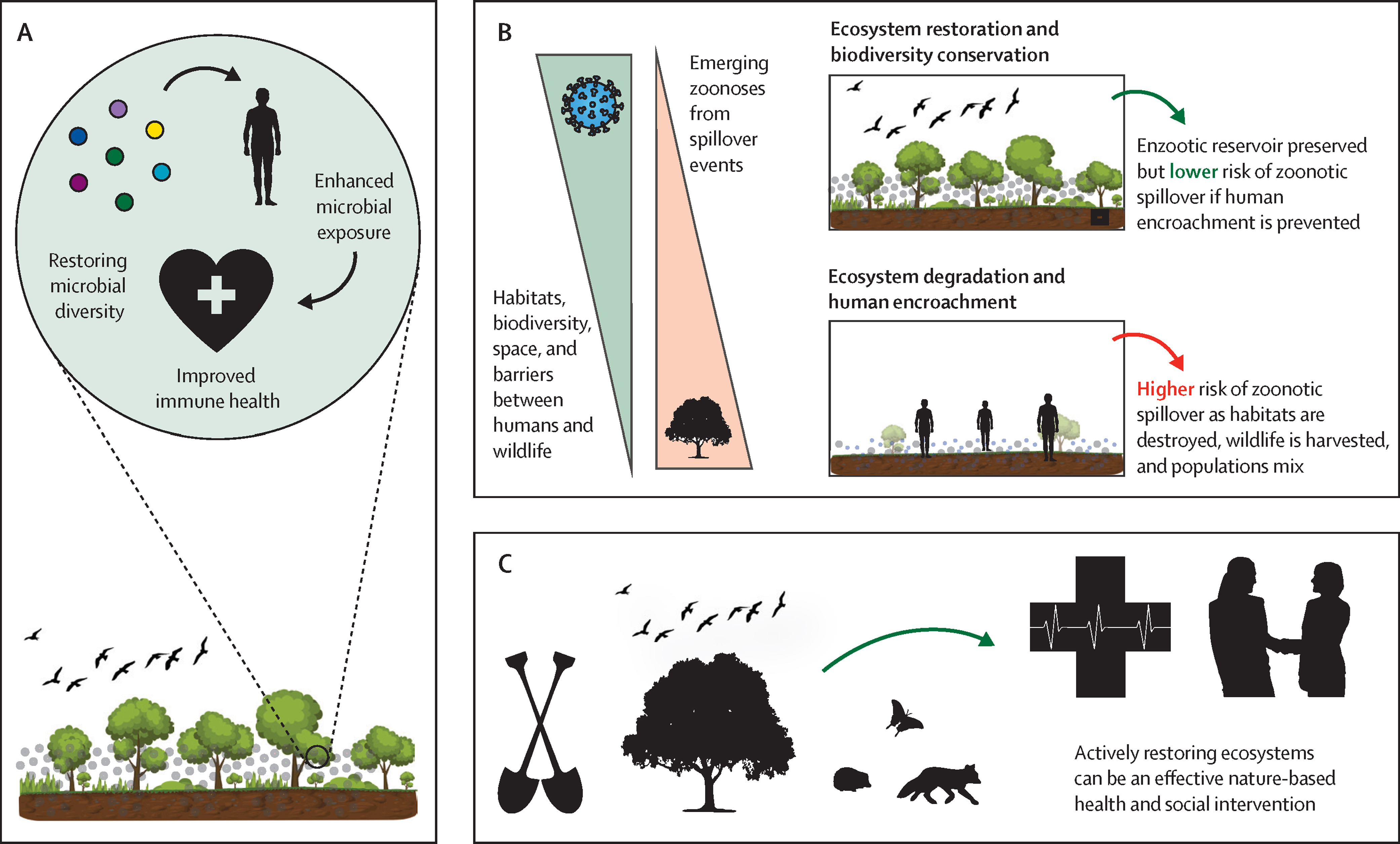Elsevier,
Biodegradability of Conventional Plastics: Opportunities, Challenges, and Misconceptions, Volume 1, 1 January 2022
This chapter aligns with Goal 3: Good health and well-being and Goal 9: Industry, innovation and infrastructure by discussing the applicability of biological processes for the remediation of plastics as sustainable practice and future implications of biodegradable polymers and composites in the automobile industry.
This scoping review was able to identify 25 tools and methods for assessing health vulnerability and adaptation to climate change, using the Joanna Briggs Institute (JBI) scoping review guidelines.
This article ties to SDG 3. This article studied prenatal maternal stress as a risk factor for offspring mental health challenges.
A discussion of progress in treating sognitive impairment for those with schizophrenia.
A trial to try to diagnose children more likely to develop schizophrenia.
Ways to improve cognitive impairment caused by psychosis.
This Article supports Sustainable Development Goal 3 by developing projections of the economic burden of Alzheimer's disease and related dementias, up to 2050. The study predicts that the burden will be $16.9 trillion in 2050, compared with $2.8 trillion in 2019. The authors note that more funding is needed for research into prevention and treatment of Alzheimer's disease.
Development of a siren identification system, using deep learning, for hearing-impaired people. Supports SDG 10.
This Personal View supports SDGs 3 and 15 by explaining how restoring ecosystems can reduce risk of infection and adverse sequelae from COVID-19.
An investigation, linking particularly well to SDGs 10 and 5 focusing on equality, which shows how researchers can actively engage with equality, diversity and inclusion (EDI) in their work, and how EDI considerations must remain an ongoing effort. The authors, working in the field of responsible research and innovation (RRI), intentionally employed EDI in their project recruitment, and reflect here on the adjustments they made as a result. The recruitment of persons with disabilities led to some particularly interesting and new insights in this study looking at trustworthiness in the design of autonomous systems with evolving functionality.

